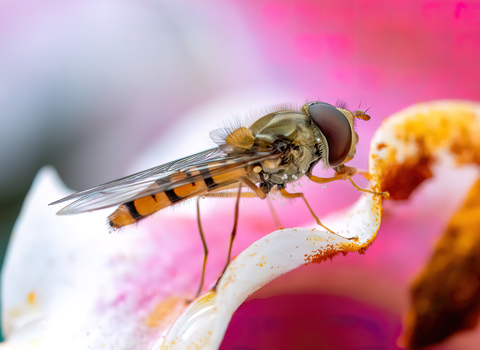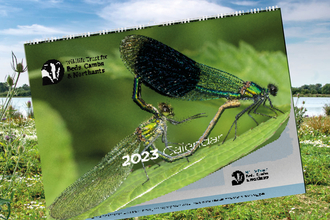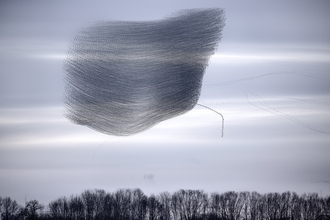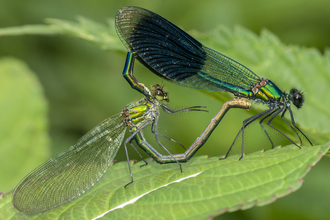This year the overall theme for our 2023 photography competition is ‘Immersed in Nature’. This will mean many things to different people, and to help you explore the theme we have introduced for the first time three categories: Flora and Fauna, People in Nature and Youth (under 18s).
But knowing where to start can be difficult, especially if you are new to photography. So, the team at wildlife Trust BCN has put together the following tips to help you immerse yourself in nature.
Tip #1 - Try a different angle
Move your camera, maybe yourself to get a different angle of view. Doing this can change the perspective and background, making a big difference to the look of a photo.
Tip #2 - Know your subject
Researching a target species (if you have one) can really help to increase your chances of finding them, and photographing them in the right conditions-lighting, background, their activity, etc.
Tip #3 - Approaching subjects
Always put the wellbeing of your subject ahead of the photo - many animals are likely to get stressed and panic if you get too close to them, or their home. They may even feel forced to flee their location, this can have fatal consequences, particularly if there is young than might be abandoned. Approaching slowly, stopping periodically and moving gradually to an indirect coarse can work surprisingly well, as can trying to look away, turn your body partly away, make yourself smaller, and trying to look either disinterested, or focused on something else (a fascinating patch of earth near you) can all yield much better results with many species.
Conversely, some animals (a lot of songbirds) may appear unconcerned with you transiting past if they’re used to this but will move away the moment you stop to focus on them! So, you might try backtracking if your subject looks flighty, and sometimes they’ll relax and even get closer.
Tip #4 - Lighting options
Some wildlife is sensitive to light from your camera's flash and can be scared or temporarily blinded by a strong flashgun. If the light conditions aren’t good, consider raising the ISO on your camera, or using LED lamps that provide a constant light source is an increasingly popular option worth considering.
Tip #5 - Careful where you tread
Stick to designated paths or tracks. This will mean you are less likely to damage habitat or disturb organisms. You may be on a protected site such as an SSSI where the fauna and flora should not be disturbed.
Tip #6 – Be mindful of the nature around you
Photography is one of the many ways you can get out and embrace the wilderness. Whether it’s capturing interesting animal behaviours, breath-taking wildlife habitats or the integration of people and nature - soaking up wildlife through the lens is a truly great way to connect ourselves more with nature. And remember most wildlife in the UK is protected by law under the wildlife and countryside act (Wildlife and Countryside Act 1981 (legislation.gov.uk).
Tip #7 - Protected species
As part of your research and responsibility, remember that a license is necessary to photograph some birds and other wildlife during the breeding season. And remember most wildlife in the UK is protected by law under the wildlife and countryside act (Wildlife and Countryside Act 1981 (legislation.gov.uk).
Need some more advice before heading out, check out our introduction to wildlife photography video below.





